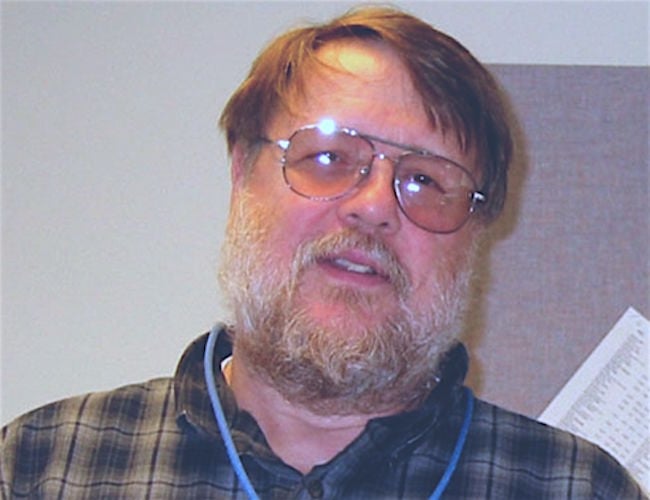This article is more than 1 year old
Email pioneer Raymond Tomlinson dies aged 74
He chose 'name@host' scheme for directing mails between computers
Obituary Raymond Tomlinson, a formative figure credited with just about inventing email, has died. He was 74.
As Tomlinson's Internet Society Hall Of Fame biography points out: “In 1967, he joined the legendary research and development company Bolt Beranek and Newman (now Raytheon BBN Technologies).” Working on the TENEX operating system at BBN made Tomlinson very influential: the software eventually became the TOPS-20 operating system that powered Digital Equipment Corporation's mainframes.
Tomlinson is best remembered, however, for the fact that in 1971 he “invented email,” or at least email between different computers.
The engineer, born and raised in the state of New York, documented his work in a series of charming articles, including the Frequently Made Mistakes page on which he dispels myths that he invented the @ sign, that he mistakenly used @ when choosing the name@host standard, and that the first ever email sent was “QWERTYUIOP”.

Inventor ... Raymond Tomlinson (Photo: Andreu Veà)
The first myth is patently wrong, the second he explains as being an artifact of the keyboards of the age, and the third he attributes to having forgotten what he put in the first machine-to-machine email. He once said he sent “something like QWERTYUIOP.”
Tomlinson's page describes the genesis of email as follows:
During the summer and autumn of 1971, I was part of a small group of programmers who were developing a time-sharing system called TENEX that ran on Digital PDP-10 computers.I was making improvements to the local inter-user mail program called SNDMSG. Single-computer electronic mail had existed since at least the early 1960's and SNDMSG was an example of that. SNDMSG allowed a user to compose, address, and send a message to other users' mailboxes.
A mailbox was simply a file with a particular name. It's only special property was its protection which only allowed other users to append to the file. That is, they could write more material onto the end of the mailbox, but they couldn't read or overwrite what was already there. The idea occurred to me that CPYNET could append material to a mailbox file just as readily as SNDMSG could. SNDMSG could easily incorporate the code from CPYNET and direct messages through a network connection to remote mailboxes in addition to appending messages to local mailbox files.
The missing piece was that the experimental CPYNET protocol had no provision for appending to a file; it could just send and receive files. Adding the missing piece was a no-brainer - just a minor addition to the protocol. I don't recall the protocol details, but appending to a file was the same as writing to a file except for the mode in which the file was opened.
He explained his choice of the @ sign as follows:
I chose to append an at sign and the host name to the user's (login) name. I am frequently asked why I chose the at sign, but the at sign just makes sense. The purpose of the at sign (in English) was to indicate a unit price (for example, 10 items @ $1.95). I used the at sign to indicate that the user was 'at' some other host rather than being local.
Email and the user@host format are, of course, used countless times worldwide every day and email is baked into literally billions of devices. So Tomlinson's work and decisions impact a great many lives daily. Little wonder he's won bushels of awards for his contribution to computer science and society, including induction into the Internet Hall of Fame in 2012. ®
